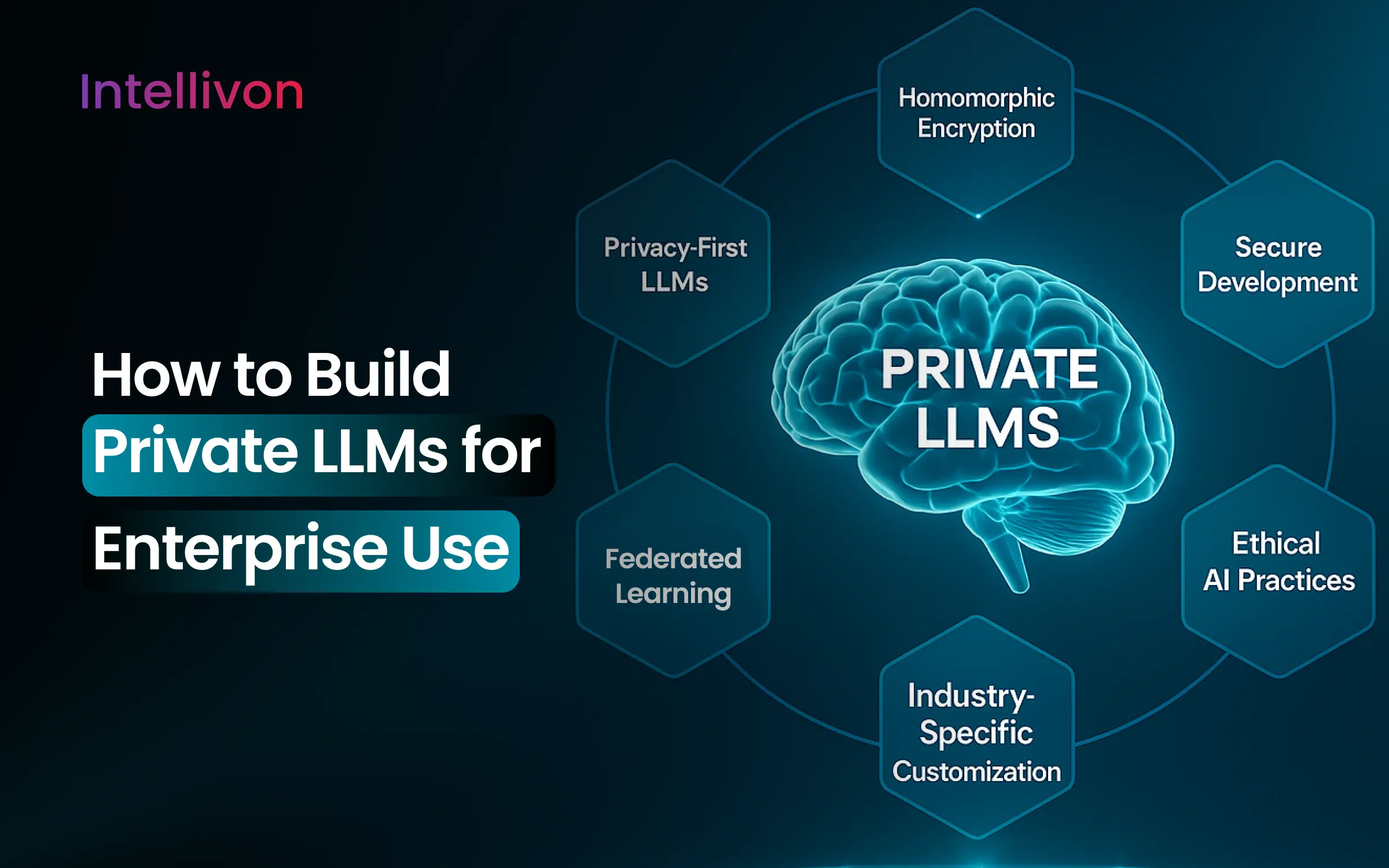How To Develop Predictive Maintenance with Edge AI For Enterprises
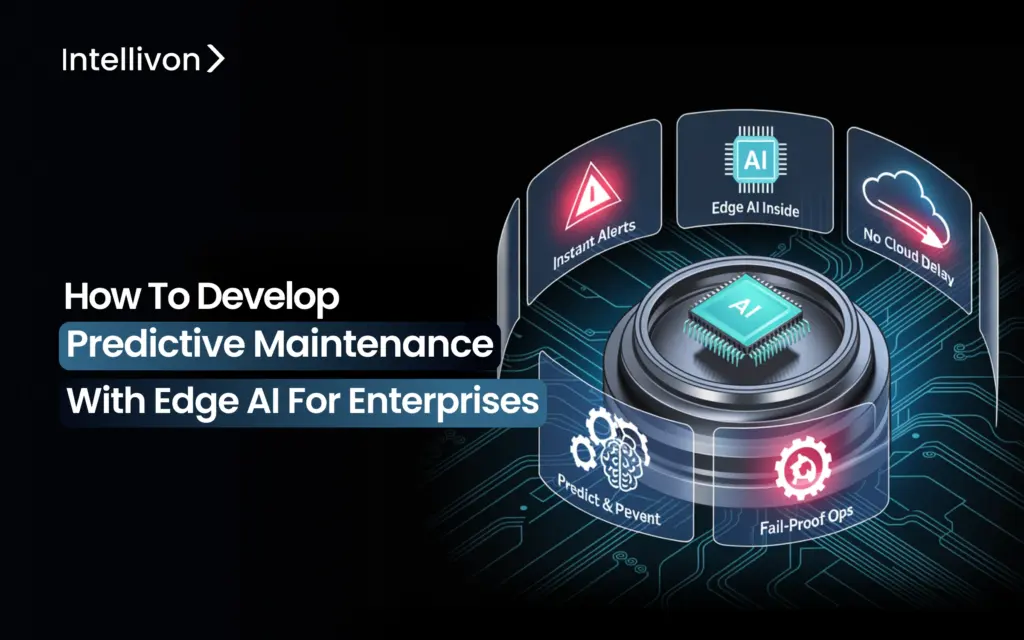
For many enterprises, teams still wait for machines to show signs of failure or stop working altogether before taking action. Unplanned equipment failures cost manufacturers
AI in Fraud Detection for Finance Enterprises

AI fraud in financial enterprises is becoming more sophisticated, thanks to fraudsters adopting emerging AI tech to find loopholes in traditional defenses like rule-based filters
HIPAA-Compliant Chatbots for Healthcare
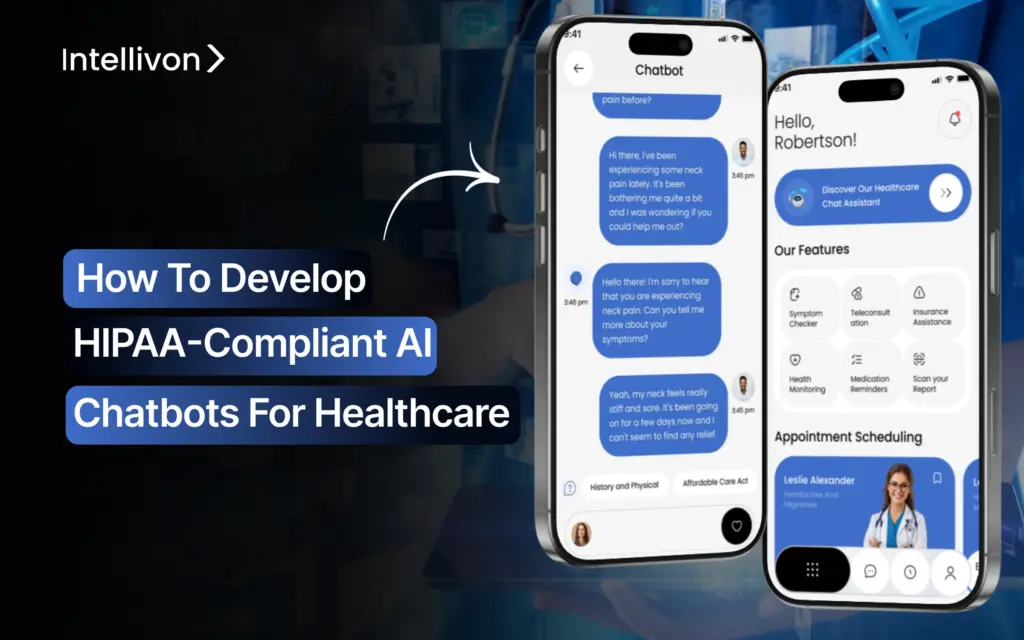
Healthcare data is among the most sensitive information in the world, and it’s expensive when it leaks. According to the 2024 IBM Security Cost of
Enterprise AI Demand Forecasting Solutions
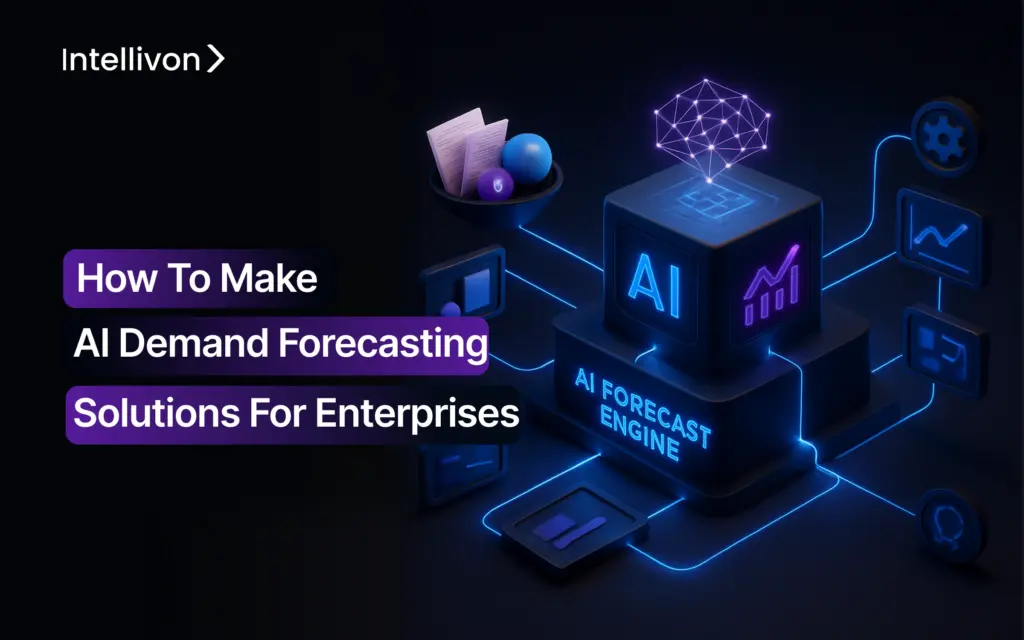
Ever wondered how companies like Amazon are able to predict exactly what products to stock and when? That’s AI demand forecasting in action. With AI,
Build AI Agents for Legacy ERP Systems
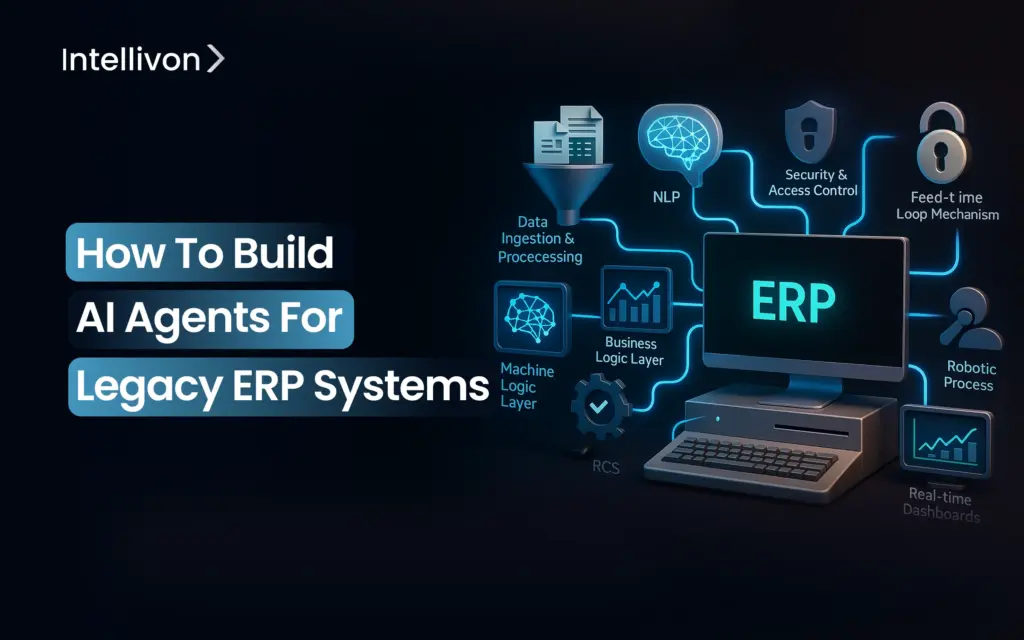
Legacy platforms are deeply embedded in enterprise-critical processes and continue to serve mission-critical tasks. Enterprises have built a long-term trust in these systems, so replacing
LLM-Based Knowledge Retrieval for Enterprises

In enterprises with vast proprietary data, sales teams waste hours searching for past proposals, legal teams scroll through endless contracts, and even operations teams often
How to Develop Underwriting AI for InsureTech Enterprises
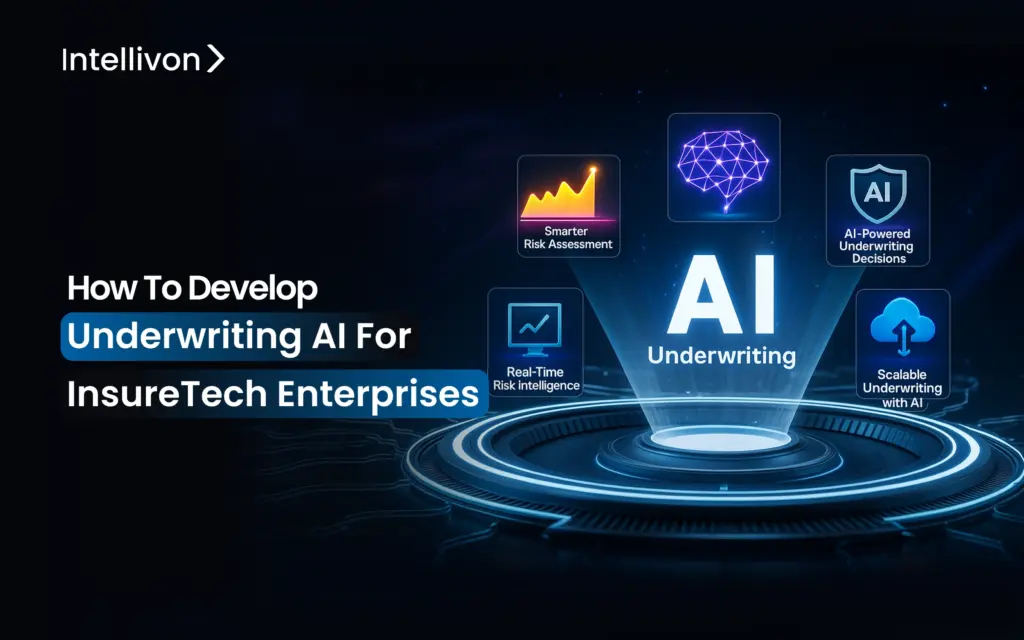
Large insurers face volumes of data, shifting customer demands, and tighter regulations, challenges that traditional underwriting systems struggle to keep up with. It’s time for
How to Develop a Personalized AI For an Enterprise Shopping Platform
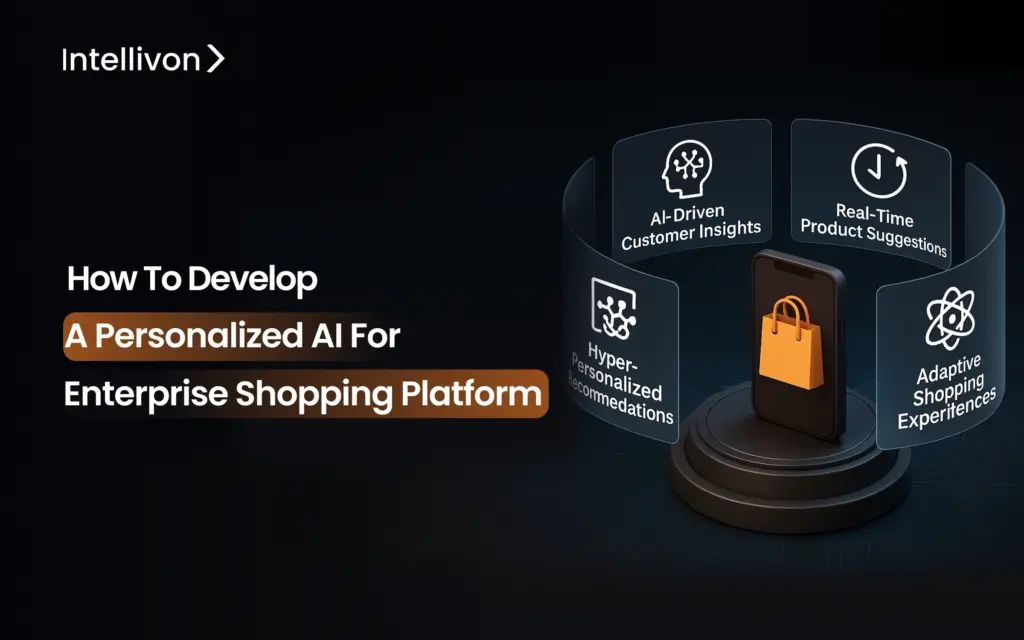
The online shopping experience has moved way past the ‘one size fits all’ circus. Consumers want online shopping to feel like an elevated experience and

